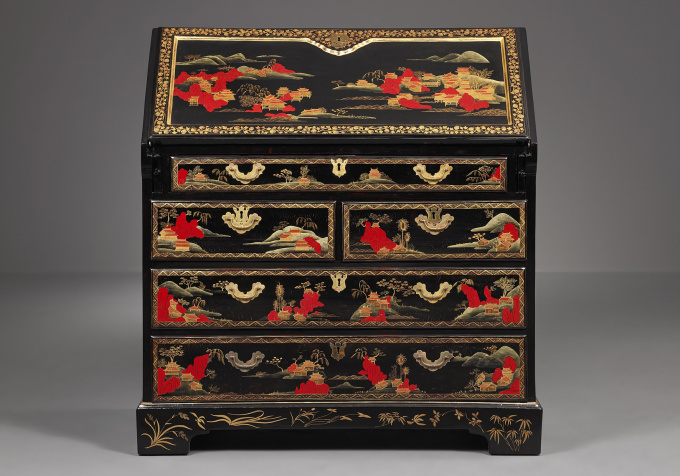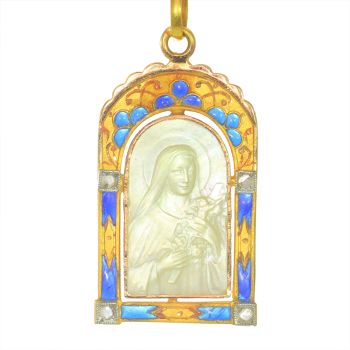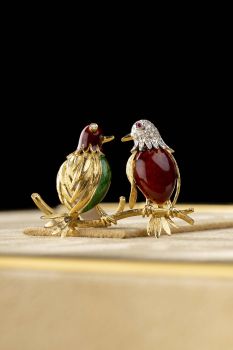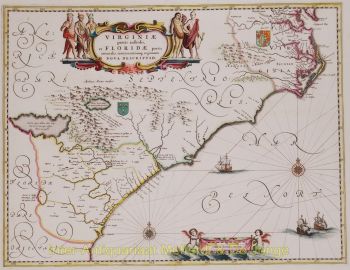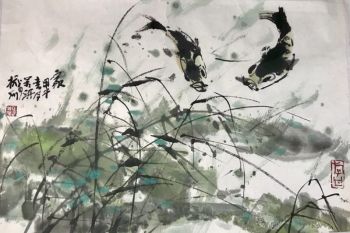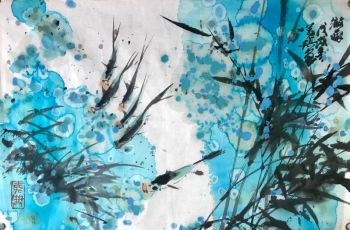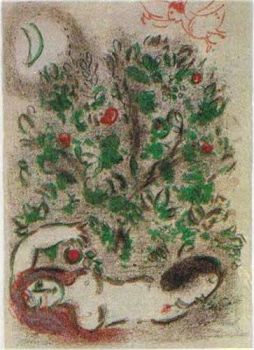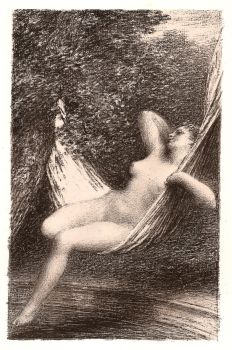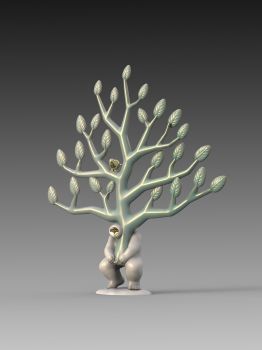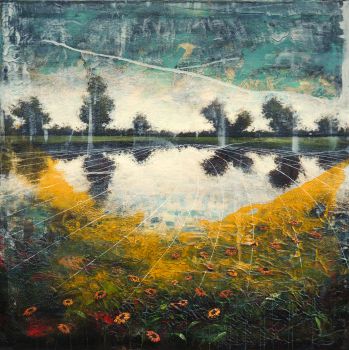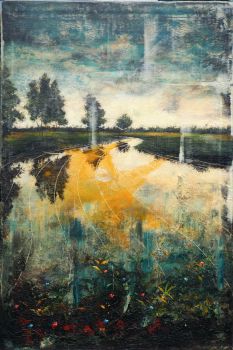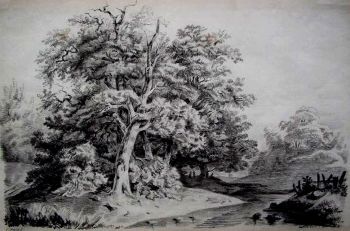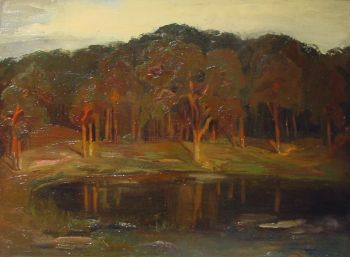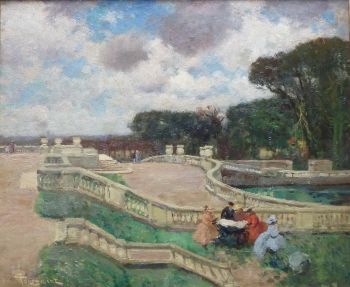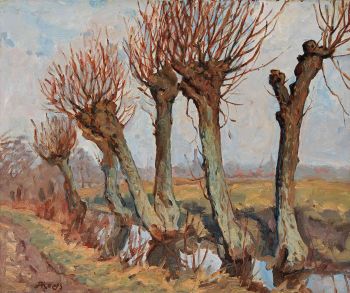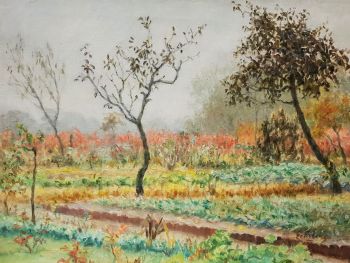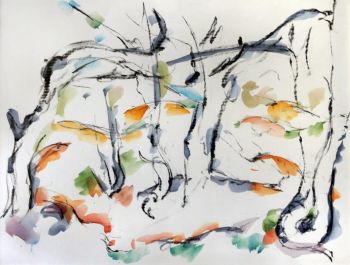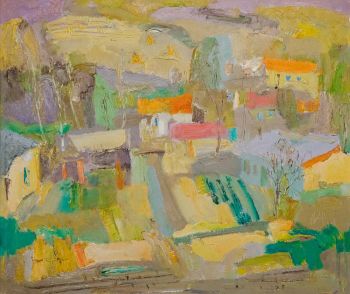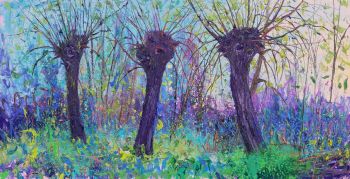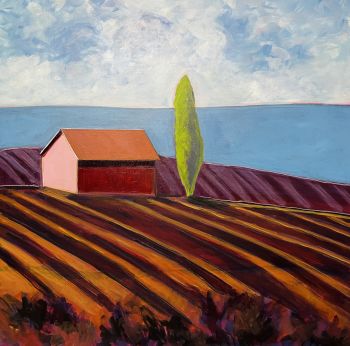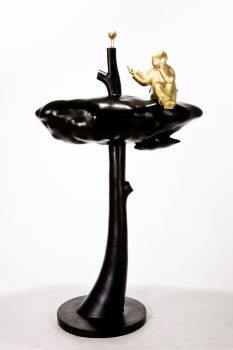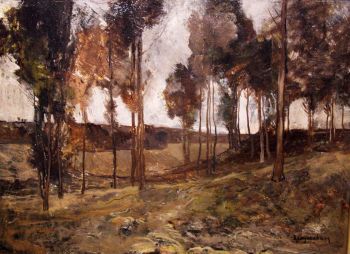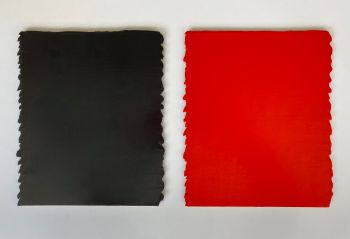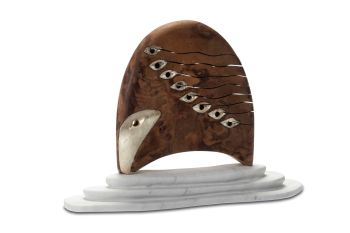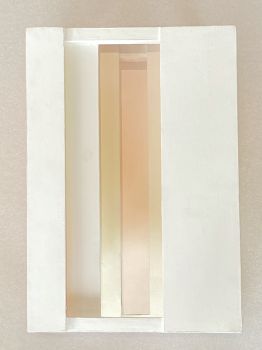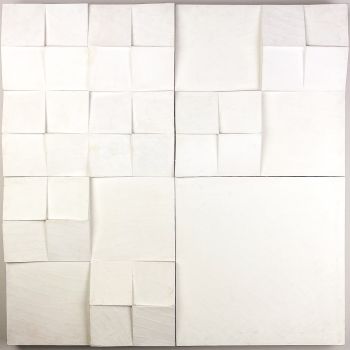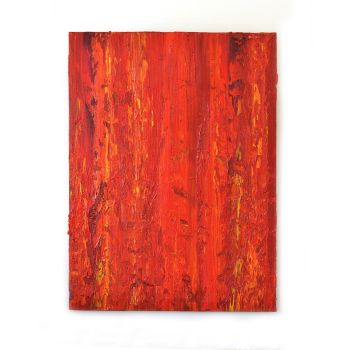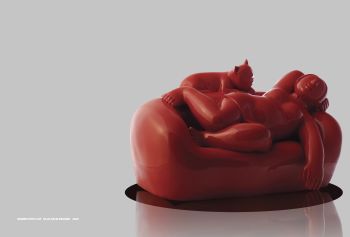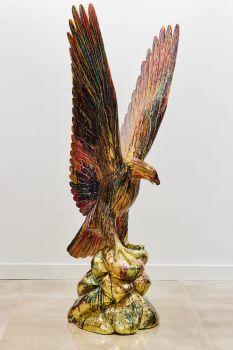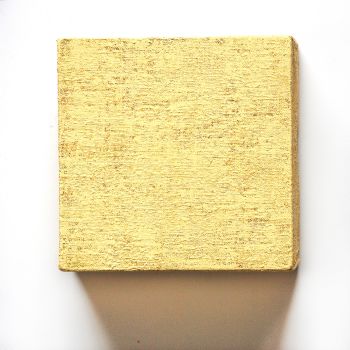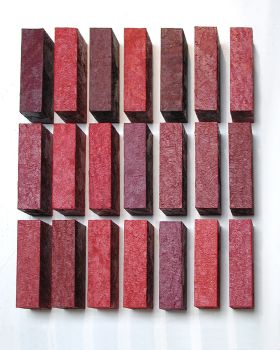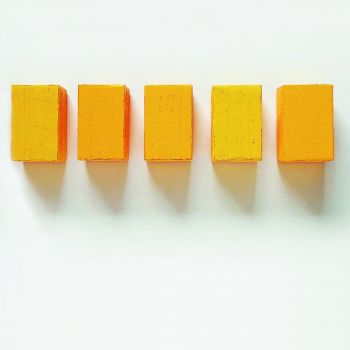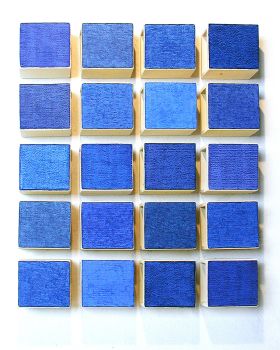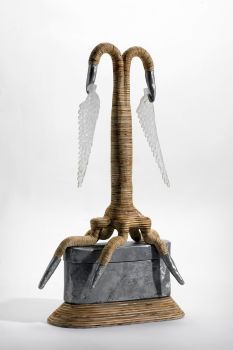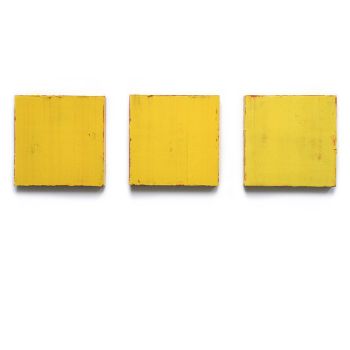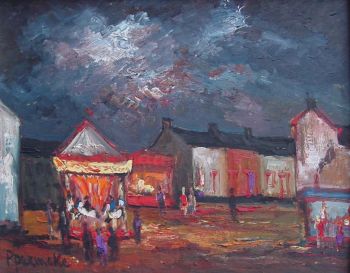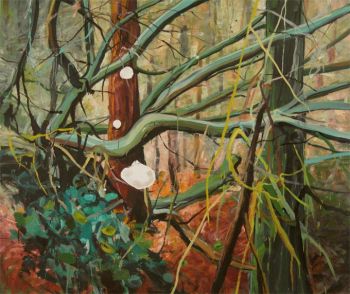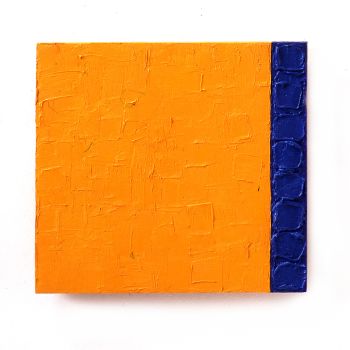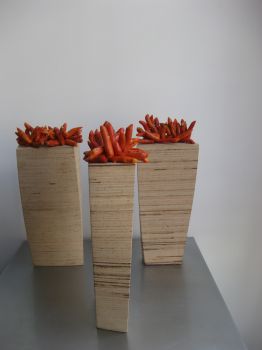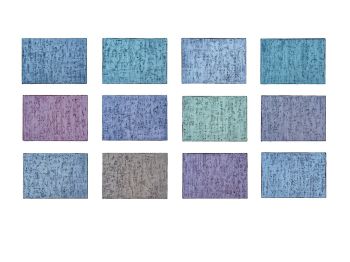Chinese Laquered Writing Desk made for the European Market 1740
Unbekannter Künstler
HolzChinesischer LackLack
107 ⨯ 100 ⨯ 61 cm
Derzeit nicht über Gallerease verfügbar
- Über KunstwerkA bureau or writing desk of Chinese lacquer presented here. It clearly is shaped after an English model of the same shape and dimensions, to be dated c. 1735-45. The lower part stands on a rectangular base, with four flat corner-feet, and is divided in four sections: below are two large drawers above each other, then there is a third section with two smaller drawers and on top a low drawer which is less wide. The upper part has a reclining fall-front which opens to function as a writing top, supported by two ledgers that can be pulled out. When lowered, it reveals a section with three reclining drawers on the left- and right-hand sides, separated by three compartments, each with a deep drawer below. These compartments are divided by two narrow panels, shaped as columns, that can be opened to the empty space behind. The top is flat; the drawers have shaped paktong handles.
The bureau is beautifully lacquered in shades of gold and partly with cinnabar red on a black lacquered ground. The five lower drawers, the outside of the fall-front, the flat top and the two sides show a river landscape with hills on the background, the rocky shores with houses, pavilions and trees. The large rock formations are detailed in low relief with cinnabar red lacquer, which gives the scenes a dramatic effect and certainly adds to the visual complexity of the landscapes.
The landscapes on the drawers are surrounded by narrow bands with a zig-zag pattern in gold; the fall front and the sides have bands with a continuing leaf- and flowerhead (or fruit) spray while the flat top has a narrow decorative band of a twisted cord.
The composing parts behind the fall front, the back of that flap and the three sides of the base are decorated with sprays of different plants and flowers, including bamboo, orchids, prunus and arrow-head, rendered as separate motifs in gold lacquer scattered over the surface.
The back of the bureau is lacquered black, without any decoration - it clearly was meant to be placed against the wall.
Apart from the fact that large pieces of Chinese lacquered furniture from this period are rare, the lacquered decoration of the bureau has some interesting features. First of all, the lavish use of cinnabar lacquer is very unusual, because this substance was expensive and was mostly used for smaller objects, mainly boxes or dishes for the domestic Chinese market. It is quite rare to see it on a piece of export lacquer.
Even more interesting are the stylistic features that are borrowed directly from decorations on Japanese lacquer, namely the zig-zag motif in the bordering bands of the lower drawers and the scattered flower motifs in gold. It is not difficult to point to many Japanese examples with such decorative motifs and therefore the question rises if this bureau is not only imitating an English model, but also tries to give a 'Japanese' impression. - Über Künstler
Es kann vorkommen, dass ein Künstler oder Hersteller unbekannt ist.
Bei einigen Werken ist nicht zu bestimmen, von wem sie hergestellt wurden, oder sie wurden von (einer Gruppe von) Handwerkern hergestellt. Beispiele sind Statuen aus der Antike, Möbel, Spiegel oder Signaturen, die nicht klar oder lesbar sind, aber auch einige Werke sind überhaupt nicht signiert.
Außerdem finden Sie folgende Beschreibung:
•"Zugeschrieben …." Ihrer Meinung nach wohl zumindest teilweise ein Werk des Künstlers
•„Atelier von ….“ oder „Werkstatt von“ Ihrer Meinung nach eine Arbeit, die im Atelier oder in der Werkstatt des Künstlers, möglicherweise unter seiner Aufsicht, ausgeführt wurde
•„Kreis von ….“ Ihrer Meinung nach ein Werk aus der Zeit des Künstlers, das seinen Einfluss zeigt, eng mit dem Künstler verbunden, aber nicht unbedingt sein Schüler
•"Art von …." oder „Anhänger von ….“ Ihrer Meinung nach eine Arbeit, die im Stil des Künstlers ausgeführt wurde, aber nicht unbedingt von einem Schüler; kann zeitgenössisch oder fast zeitgenössisch sein
•„Art von ….“ Ihrer Meinung nach ein Werk im Stil des Künstlers, aber späteren Datums
•"Nach …." Ihrer Meinung nach eine Kopie (jegliches Datums) eines Werks des Künstlers
• „Unterzeichnet …“, „Datiert …“. oder „Beschriftet“ Ihrer Meinung nach wurde das Werk vom Künstler signiert/datiert/beschriftet. Das Hinzufügen eines Fragezeichens weist auf einen Zweifel hin
• „Mit Unterschrift …“, „Mit Datum …“, „Mit Aufschrift ….“ oder „Trägt Unterschrift/Datum/Beschriftung“ ihrer Meinung nach die Unterschrift/Datum/Beschriftung von jemand anderem als dem Künstler hinzugefügt wurde
Artwork details
Related artworks
- 1 - 4 / 12
- 1 - 4 / 6
- 1 - 4 / 24
Willem van Konijnenburg
Landscape in Limburg, the south of the Netherlands1868 - 1943
Preis auf AnfrageKunsthandel Pygmalion
1 - 4 / 24Rene Rietmeyer
"Portrait of Little Sara" 20182018
Preis auf AnfrageEuropean Cultural Centre Collection
Rene Rietmeyer
“NETHERLANDS BRABANT NOVEMBER 2000”2000
Preis auf AnfrageEuropean Cultural Centre Collection
 Kuratiert von
Kuratiert vonDanny Bree
1 - 4 / 24

